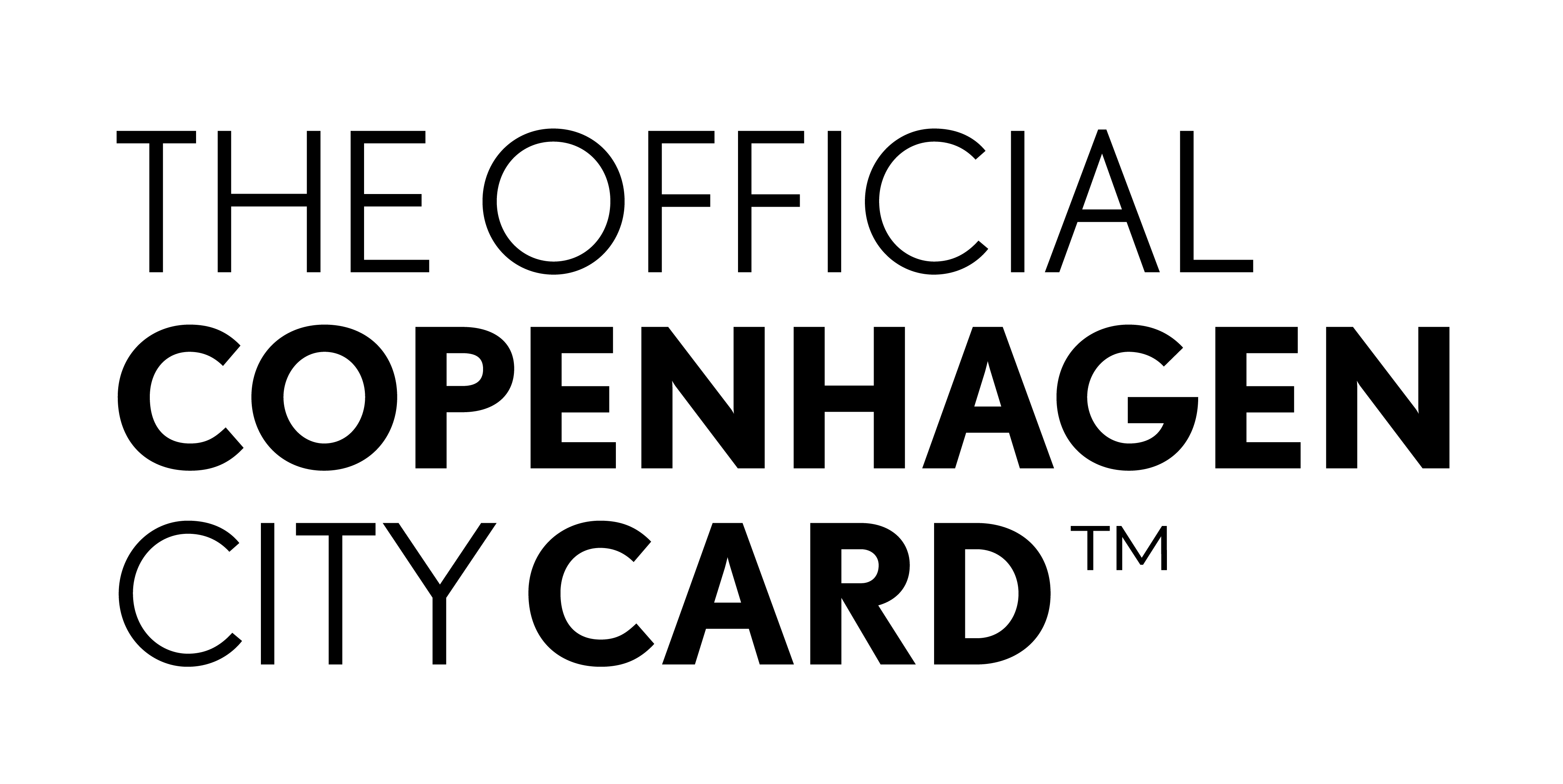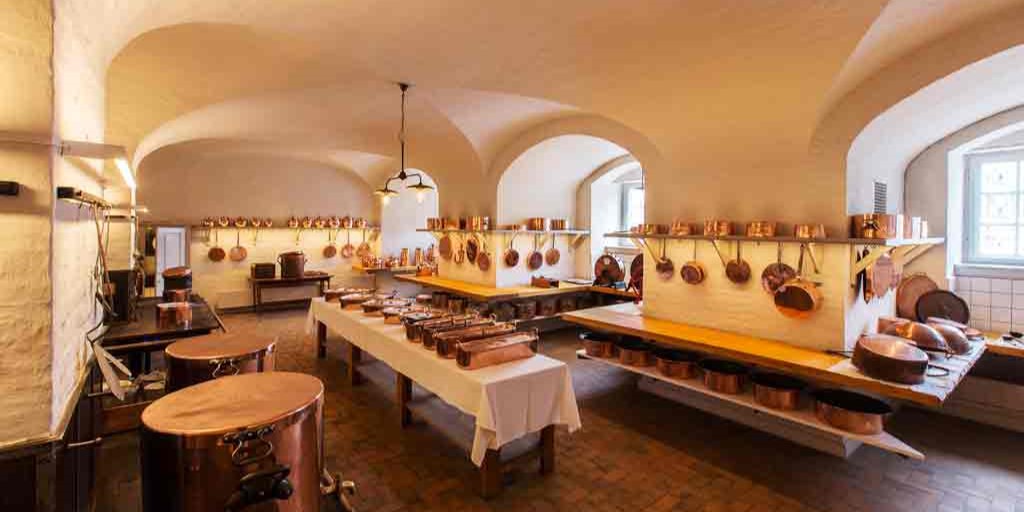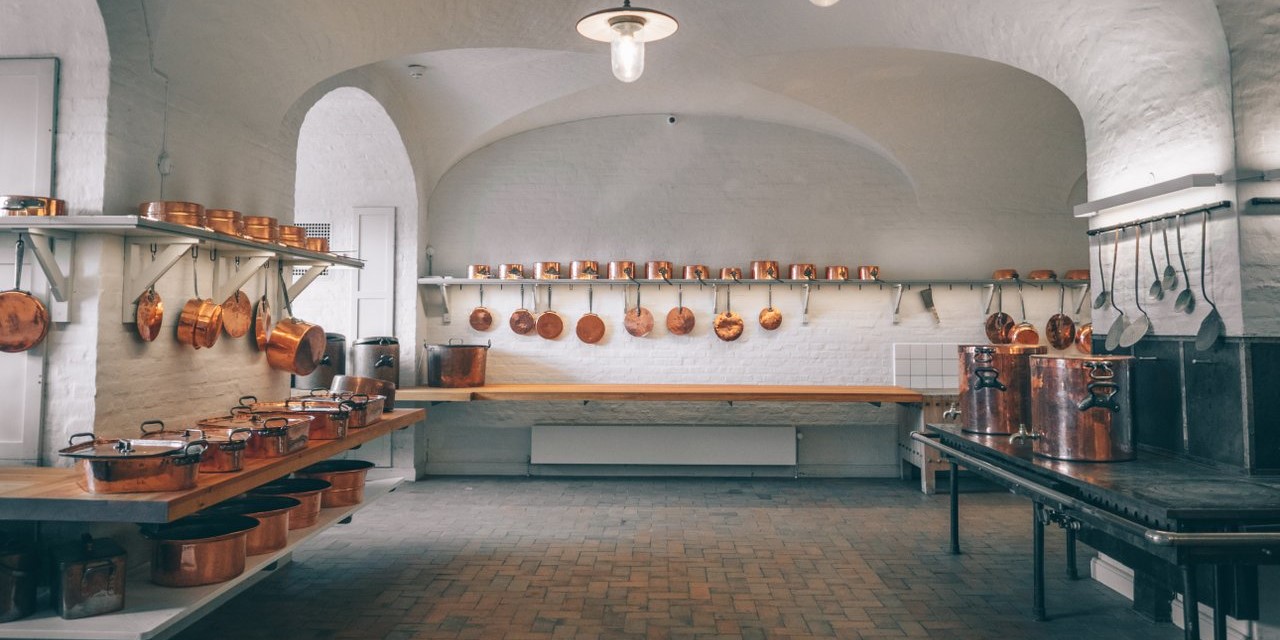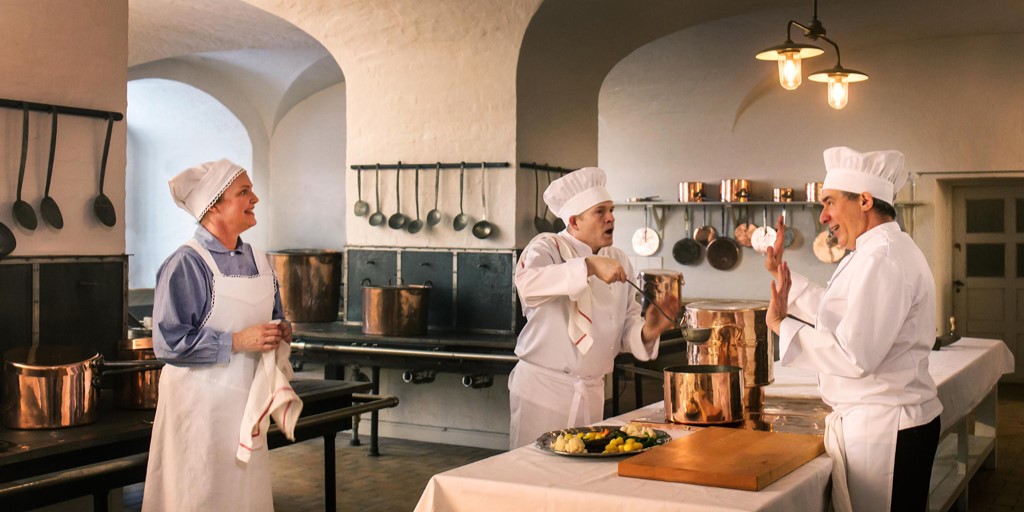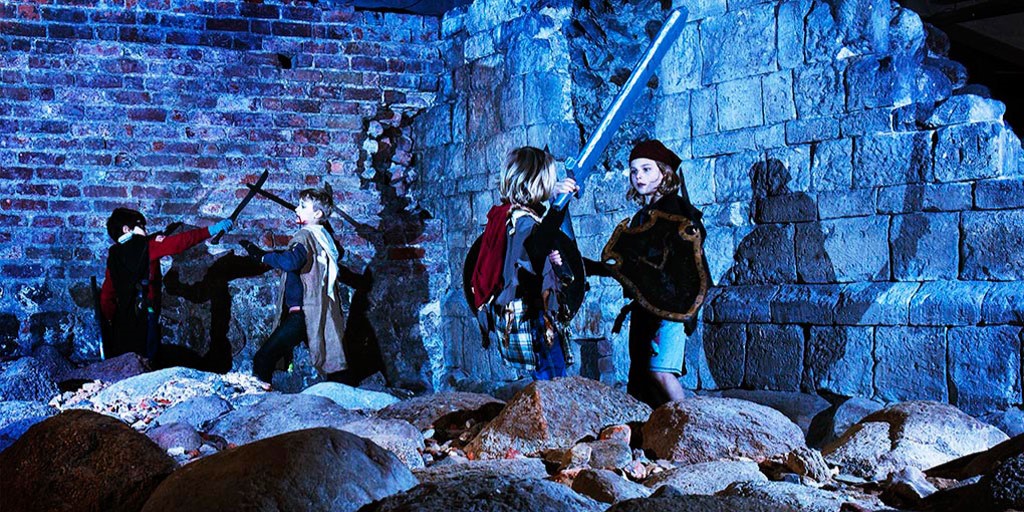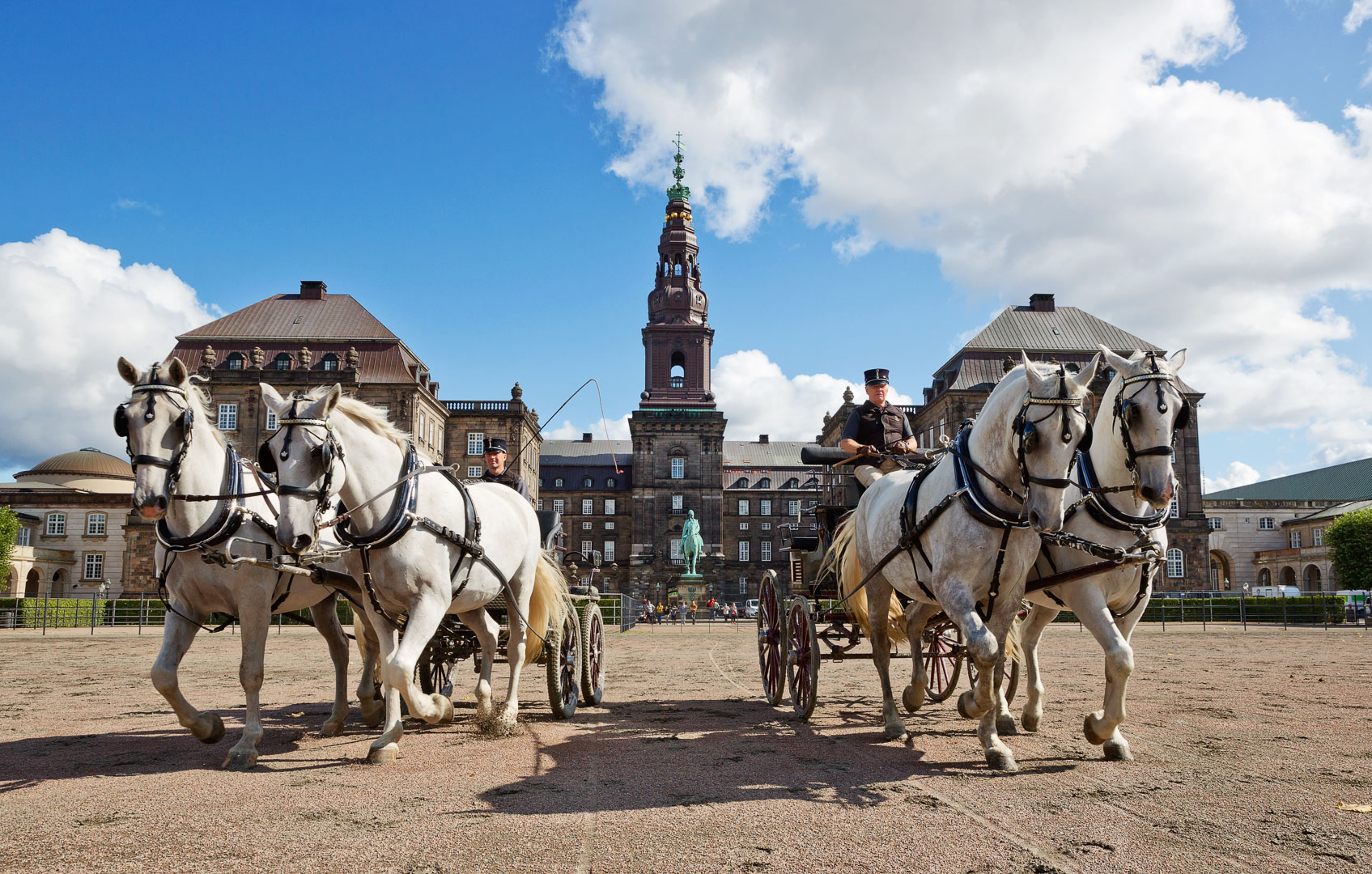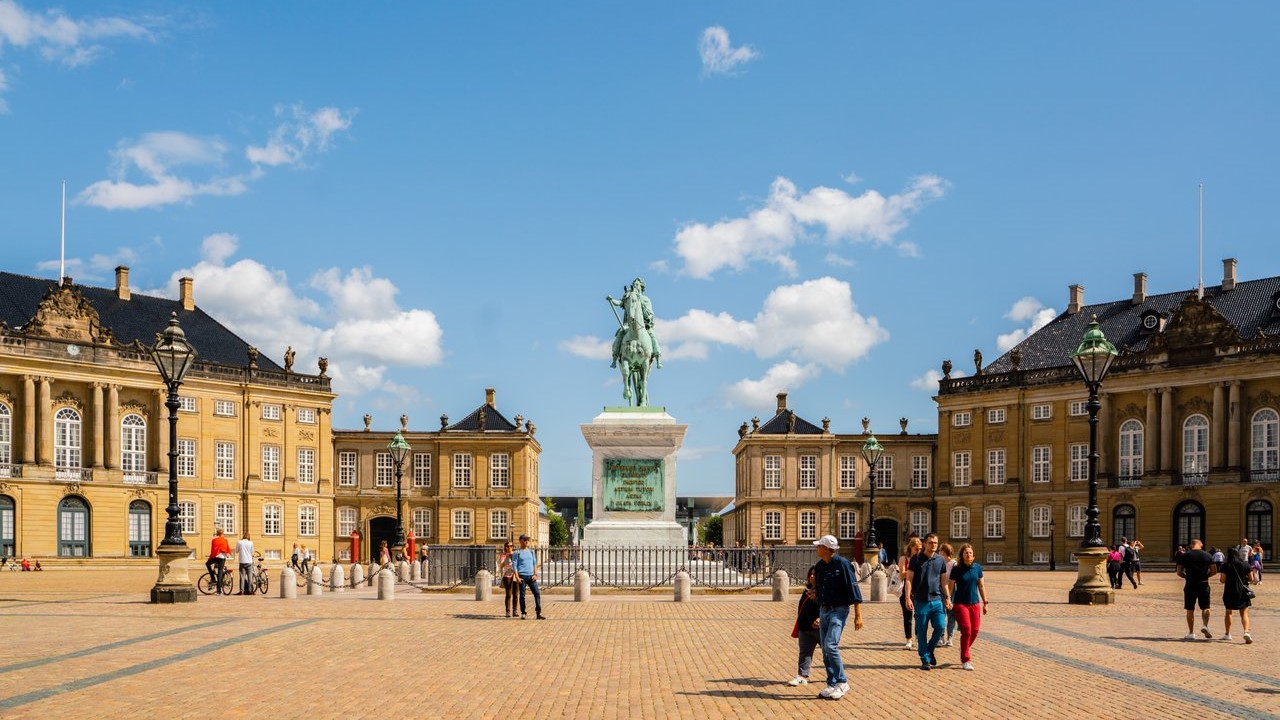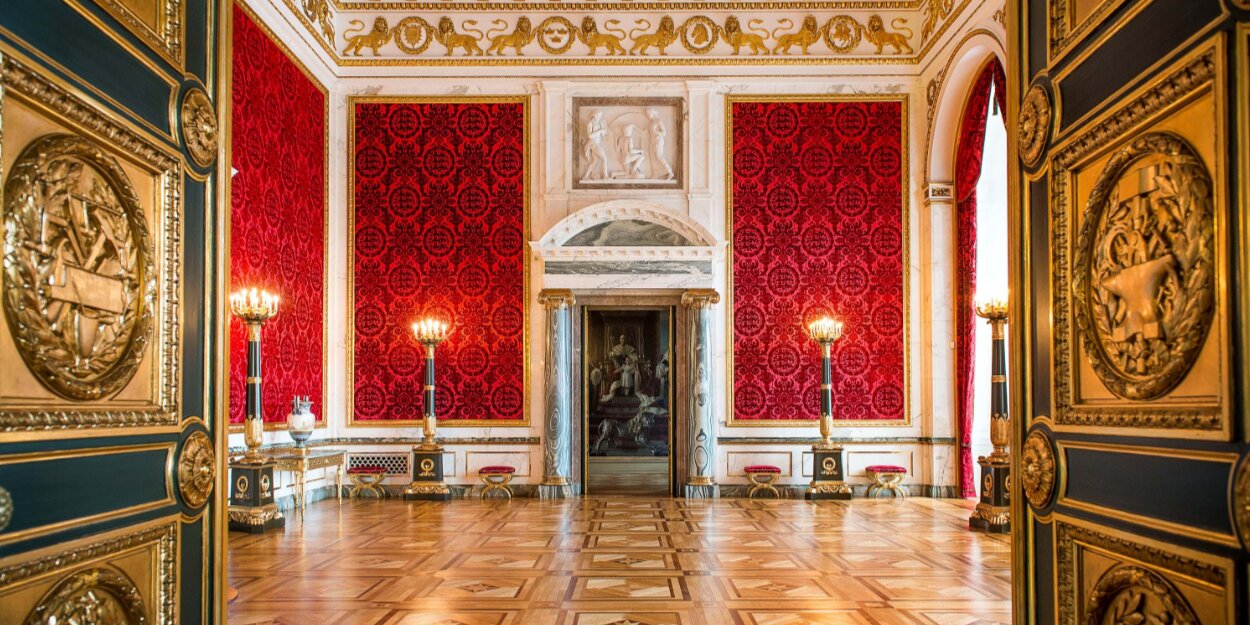Christiansborg - The Royal Kitchen
Pay a visit to The Royal Kitchen under Christiansborg Palace.
This is where you can have a unique look behind the scenes of the royal parties and celebrations. What goes on in the royal kitchen when there is a gala dinner at the palace in 1937? The sweet aroma of beef tenderloin for 275 guests wafts out of the ovens - muscular chefs stagger around under the weight of the ton-heavy copper pots - the confectioner constructs exquisite crowns of candied fruit.
Come and experience the royal party preparations as they are today and in days of old.
The Royal Kitchen under Christiansborg Palace are closed from December 31, 2025, through January 8, 2026.
Related Attractions
Opening Hours
26.12.2025 - 30.12.2025:Monday: 10:00 - 17:00
Tuesday: 10:00 - 17:00
Wednesday: closed
Thursday: closed
Friday: 10:00 - 17:00
Saturday: 10:00 - 17:00
Sunday: 10:00 - 17:00
09.01.2026 - 06.02.2026:
Monday: closed
Tuesday: 10:00 - 17:00
Wednesday: 10:00 - 17:00
Thursday: 10:00 - 17:00
Friday: 10:00 - 17:00
Saturday: 10:00 - 17:00
Sunday: 10:00 - 17:00
Location
Christiansborg Ridebane 27
1218 København K
Wheelchair Accessible

